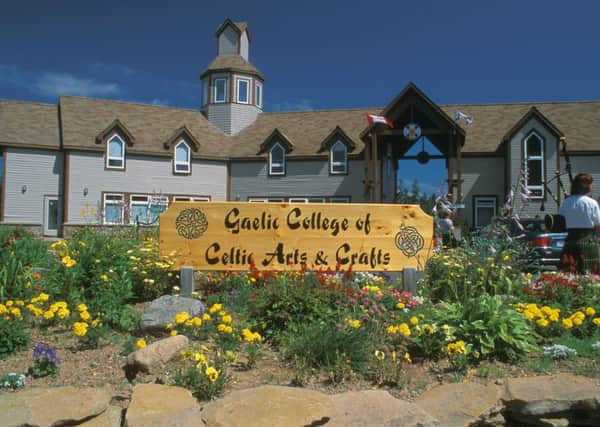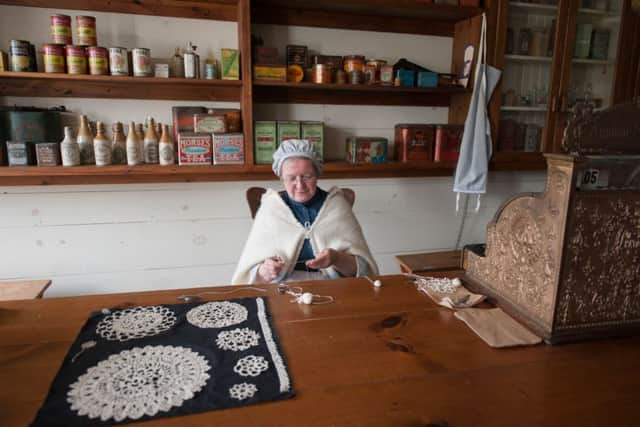Gaelic in Nova Scotia under threat following cuts


But the future of Gaelic in Nova Scotia is under threat after the provincial government made “devastating” cuts to its funding and sacked Scottish staff members.
The peninsular region in Canada’s south-east is the only place outside of Scotland where Gaelic continues to play a part in the everyday life of the community.
Advertisement
Hide AdAdvertisement
Hide AdThere are more than 1,200 speakers in the province, with thriving classes in primary and secondary schools.


However, the government’s dedicated Gaelic department has undergone swingeing cuts, which have claimed 40 per cent of its workforce.
Those who campaign to maintain the language’s relevance have warned of major repercussions from a government-led austerity drive.
A petition urging Randy Delorey, Nova Scotia’s minister of Gaelic affairs, to “reverse the layoffs” has been signed by more than 1,000 people.
Trueman Matheson, one of Nova Scotia’s leading advocates for Gaelic, said the province’s cost-cutting went against a trend that had led to increased interest in the language and culture.
Mr Matheson, who runs a publishing company that specialises in Gaelic books, said: “It is an attack on the Gaelic community.
“You cannot put a price on culture. We who speak Gaelic here do it out of choice: of pride for our heritage, but, more particularly, the joy we take in this beautiful language.”
Gaelic, the first language of thousands of Nova Scotians who made the journey across the Atlantic, is enjoying a tentative comeback.
Advertisement
Hide AdAdvertisement
Hide AdIn the late 1800s, there were as many as 100,000 speakers in the province, with the 1901 Canadian census showing that, at the turn of the 20th century, some 50,000 cited it as their mother tongue.
Ironically, many credit the Office of Gaelic Affairs – set up in 2006 – as being integral in the current revival of the language.
In Antigonish, a coastal town 100 miles north-east of Halifax, the numbers at Gaelic classes held across seven primary and secondary schools have shot up. While only 15 pupils were learning the language seven years ago, the number now stands at close to 300.
Much of the success is credited to Mairi Parr, a Black Isle native and Gaelic teacher who swapped life in Scotland for Canada.
She said: “It is very important that they retain the language. Everyday Gaelic here is quite beautiful and still full of rich idiom and figure of speech, which would be tragic if it was lost.
“It has been a huge blow to the Gaelic world here in Nova Scotia and I hope that it doesn’t result in too much damage. But there is not a surrender attitude amongst the Gael here; if there was, we would have perished a long time ago.”
Only two people will staff Iomairtean na Gàidhlig – the Office of Gaelic Affairs – after the loss of Catriona Parsons, a native Gaelic speaker from Lewis, and Pauline MacDonald, described as “the glue that held the office together”.
Comhairle na Gaidhlig, the Gaelic Council of Nova Scotia, said the Gaelic community was “devastated but determined” following recent events.
Advertisement
Hide AdAdvertisement
Hide Ad“There was no prior consultation with the Gaelic community and while government continues to communicate that it clearly supports Gaelic language and culture, these layoffs and office closure communicate a very different message,” he said.